|
This post draws from, paraphrases and is inspired by Gregor Maehle's post from a few days ago.
In the foundational text about yoga, Patanjali's yogasutra, yoga is defined and then explained. The twelfth sutra says that "cessation of the turnings of thought [the defined purpose of yoga] comes through practice and dispassion." Maehle translates the last word of this sutra ("dispassion") as "disidentification," a subtle difference that has important philosophical repercussions. PRACTICE Practice is not enough, nor is disidentification. If we only practice, our mind develops deep ruts of habit and fundamentalist beliefs that our way is the only way, to the exclusion of all other paths. "If we practise only, then we tend to develop beliefs like ‘Our practice is the only correct practice,’ ‘Only Ashtanga Yoga is the correct yoga,’ ‘Only Mysore style is the correct form for a yoga class,’ ‘Only the God that I worship is the true God,’ ‘Capitalism is the only proper economic system’ and ‘Democracy is the only proper political system,'" writes Maehle. In these examples we can clearly see the power of practice without the tempering effect of disidentification. We come to identify ourselves and the whole of reality through the lens of our own practices, whether yogic, spiritual or political. DISIDENTIFICATION The opposite end of the spectrum embraces "disidentification" without embracing practice, leading to a groundless form of relativism where all views, beliefs and actions are equal. With this relativism come the beliefs that "‘All paths lead to the same goal,’ ‘It’s all yoga,’ ‘Everything is holy and sacred,’ ‘Everybody has to live their own truth,’ Everybody has to do their own thing,’ ‘All statements, philosophies and religions are valid,’" writes Maehle. This is the opposite of fundamentalism, but equally as extreme. You may know people and yogis who inhabit both of these extremes. According to Patanjali, the path to yoga requires a middle path that embraces both of these ideas, practice and disidentification.
0 Comments
You may have read our recent blog about the 6 obstacles to yoga described in the early verses of the Hatha Yoga Pradipika, one of the most important and comprehensive texts on hathayoga. In the very next verse, the text enumerates the 6 characteristics of a successful practice.
"Yoga succeeds by these six: enthusiasm, openness, courage, knowledge of the truth, determination, and solitude." (1.16) Let's take a closer look. ENTHUSIASM Passion for study and practice is vital for a student in any field. Enthusiasm comes naturally at first, when the concepts are new and progress comes quickly. It is quite difficult to maintain when the student obtains some familiarity with the concepts and practices, and the rate of progress slows. The focus of study must always change and deepen if enthusiasm is to be maintained. If we try to repeat the same things over and over, the ideas become stale and we lose interest. This happens often in yoga: new students are inspired, but after a period of a few years there is a lack of progress and depth. They may change styles or quit altogether. OPENNESS Openness to new ideas is essential at every point along a student's path. Like "enthusiasm" above, openness is easiest at the beginning, when all the ideas are new and we are eager to set ourselves in a new direction. It is easy, though, to get stuck in the rut and routine of the beginner's practice, carried by the memory of our early enthusiasm. The hardest bits of openness are when our practice must change. We must leave our beginning practice behind and evolve to deeper things. This change is continuous on the yogi's journey, and it is always difficult when progress is made and new techniques are required. COURAGE This is sometimes translated as "perseverance" or "faith," which have different meanings but point to the purpose of this instruction. If we are truly on a path of discovery, we can not possibly know where we are headed. Only a true teacher will know what lies ahead for us. Since we do not know what awaits us, we must have courage and faith to continue on the journey. Without this, we choose to remain where we are familiar and comfortable, making progress difficult. KNOWLEDGE OF THE TRUTH It is the teacher's role to point the student in the direction of 'truth,' but it can only be experienced by the practitioner. In yoga, the truth is not something that can be comprehended logically. Its very meaning is non-logical, which is why it is always referred to in mystical terms. Our cognitive capacity was not designed to comprehend the greater picture of the universe, so the more we think about it, the farther we get from it. In order to have success in yoga practice, the practitioner must have firsthand knowledge of this truth. DETERMINATION Linking with enthusiasm, openness and courage above, determination is often necessary as we progress. Too often we feel that we are stuck in our progress, going nowhere despite earnest effort. During these periods we must continue our practice with determination, as well as check our openness to new ideas and our courage to explore them. SOLITUDE All of the practices of yoga are best done in one's own time and space. Without solitude, there is no yoga practice. With solitude and the five elements above, one is sure to make progress on the path of yoga, especially with a good teacher to point the way. Is knowledge unchanging?
If knowledge does not change, how and why do we learn? Can we improve our knowledge? If knowledge changes, why do we revere old texts? Haven't we evolved beyond ancient ideas? If knowledge does not change, is all progress an illusion? Are we simply lying to ourselves to create a false sense of meaning? Is our meaning defined by our progress? If knowledge changes, must we constantly readjust to new realities? What defines those realities, if not our knowledge? In the early verses of the Hatha Yoga Pradipika, one of the most important and comprehensive texts of hathayoga, six obstacles of yoga are listed.
"Yoga perishes by these six: overeating, overexertion, talking too much, performing needless austerities, socializing, and restlessness." (1:15) Let's take a closer look. OVEREATING It is interesting that overeating is listed as the first obstacle, especially considering our current culture's all-encompassing obsession with food, health, fitness, etc. Let's try to look at it from a yogic perspective. As we progress in our practice, we improve our awareness of the different energies in the body. One of these energies---a very strong one---is the downward energy stimulated by eating and digesting. Yogically speaking, this function of the body overpowers the other energies including the upward energy of the breath and (according to some) spirit. You may notice that you feel heavy after you eat. Also you have to go to the bathroom. These forces make it difficult to have a useful meditation. OVEREXERTION Avoid overexertion. This is an instruction that is often overlooked as yoga practices become more physical and greater exertion is encouraged. Overexertion applies to both physical and mental practices. Since the goal of yoga is generally balance and unity, we seek a middle path. Moderate exertion. When we put lots of effort into something, even if it is our yoga practice, we are actually getting farther from our goal which is balance. TALKING TOO MUCH In a practice that is as inwardly focused as this, any talking is a distraction. Talking is always outwardly focused, and it draws the mind away from its purpose of inward awareness. Of course, a certain amount of talking and interaction is necessary to function in the world. But this instruction reminds us to limit our talking, as it directs the mind in ways that are damaging to a yoga practice. PERFORMING NEEDLESS AUSTERITIES This instruction is related to the one about "overexertion." The practitioner should not get too caught up in the rituals, rules and doctrines of the practice. Regulations offer guidance and structure, but it is easy to become obsessed about their performance. Unless we are careful, before too long the entirety of our practice is simply the performance of ritual and austerity. Since the path of yoga is a journey toward balance, we must beware of any step toward extremism, even in the name of ritual or tradition. SOCIALIZING On first glance, this instruction seems similar to the one about "talking too much." Another translation clarifies, "being in the company of common people." "Gossiping with people who have low morals, base consciousness and sensuous desires cannot enlighten your soul, rather, their negative vibrations may influence you. Social situations and irrelevant discussions definitely distract the mind from [yoga practice]." (1) On its face this explanation seems elitist, but it is absolutely true. We like to pretend that our company and conversations have little or no impact on who we are or what we think, but they have a profound impact on our thoughts and actions. When we pretend that these things don't matter, it is simply because we are placing something else---like politeness or another's opinion of us---in higher importance than the well-being of our own thoughts. It is also possible that we are not aware of the impact on our thoughts. RESTLESSNESS This is perhaps the most obvious of the obstacles. Restlessness comes in many forms: an active mind, easy distraction, a fidgety body, impatience, lack of persistence, etc. It is easy to see how these things prevent us from progressing in our practice. This is why so many of the beginning practices of yoga are designed to remove restlessness, build attention and focus. 1. Hatha Yoga Pradipika, p.52. Commentary by Swami Muktibodananda. EGO
We all begin with ego. It is not necessarily that we think we are better than everyone else, but we are generally rooted in our own concept of reality. And, more significantly, we don't realize that we are rooted in and limited by our own conceptions. This is the first wall that begins to show cracks with earnest practice, study and humility. We realize that there are other versions of reality out there that are just as valid as ours. (Or just as invalid.) And we begin to see that "reality" is usually something we construct with our own minds; a fairy tale we tell ourselves to bring the comfort of structure. INSTRUCTION Once our ego is sufficiently weakened, we generally need guidance from someone who has experience in these realms. We have spent most of our lives with the unchallenged view that our reality was the only one, so we have little experience with any other worldview. This is where a teacher comes in handy. We seek (and hopefully find) someone who has walked the path before and who can effectively communicate how to traverse the new mental terrain. FAITH Faith, as we are growing to see it, is not a belief but rather an acceptance of our lack of control. In this way, faith is the opposite of the ego. We build our egos and our ego-centric worldview specifically to protect us from our powerlessness. When our ego crumbles and we gain familiarity with the limitations and capabilities of our consciousness, we exist in a mystical state that is almost incomprehensible to the logical human brain. This state, where we are unanchored by the stable but rigid constructs of our own egos, is faith. Faith takes courage, especially at first. It is uncomfortable to our logical minds, this surrendering and seeking to comprehend our true powerlessness and role in the world. This post was originally published on scottlampsyoga.com 5/19/16. False healers and holy men are as old as time, deceiving those who want to believe. But they are actually obstacles to our progress and should be avoided. I suppose the trick is to recognize the true teacher from the false one.
Below are several verses from the Dattātreya Yoga Shastra, considered to be the first text describing Hatha Yoga in about the 12 century CE. False holy men were apparently a problem then, too. Always have been, always will be. "It is a well known fact that men who wear religious garb but undertake no religious practices deceive people by talking of yoga for purposes of lust and gluttony. Crafty men try various deceits; declaring 'we are yogins' they are fools, intent on nothing but their own satisfaction. Gradually coming to realize that men like that do not practice yoga, but attain their ends through words alone, one should shun those who wear religious garb. These people are always obstacles to your yoga practice. One should take pains to shun them." Dattātreya Yoga Shastra, 3.1.2, v47-50 "I maintain that truth is a pathless land, and you cannot approach it by any path whatsoever, by any religion, by any sect.... Truth being limitless, unconditioned, unapproachable by any path whatsoever, cannot be organized; nor should any organization be formed to lead or to coerce people along any particular path. If you understand that, then you will understand how impossible it is to organize a belief. A belief is a purely personal matter, and you cannot and must not organize it. If you do, it becomes dead, crystallized; it becomes a creed, a sect, a religion, to be imposed on others. This is what everyone throughout the world is attempting to do. Truth is narrowed down and made a plaything for those who are weak, for those who are only momentarily discontented. Truth cannot be brought down, rather the individual must make the effort to ascend to it. You cannot bring the mountaintop to the valley. If you would attain to the mountaintop you must pass through the valley, climb the steps, unafraid of dangerous precipices. You must climb upwards to truth... I maintain that no organization can lead man to spirituality... The moment you follow someone you cease to follow truth... I am concerning myself with only one essential thing: to set man free."
- From a speech by Krishnamurthi, excerpted from Health, Healing, and Beyond by TKV Desikachar (emphasis added) That is the phrase we put on our certificates. It is a reminder, a call to action and an expression of hope. We strive to be all of these things, even though they are difficult to achieve and even hard to define. That effort and rigor is what we hold dear, wanting to be thoughtful, considered and willing to change. As it says in the Gheranda Samhita, there is "no friend greater than knowledge, and no enemy greater than ego." (1:4)
HUMBLE This is perhaps the hardest goal to attain because it requires ever-changing self-awareness. It is easy for the ego to grow and blind us to our own arrogance. It can seem paradoxical, but the ego can derail us at any point along the journey. It is obvious that we need to be humble when we begin, but it is just as important as our skills and knowledge grow. DISCIPLINED Discipline is what makes the other values come to life. This is action, practice, research and persistent curiosity. Sometimes discipline takes on a sinister form, if we hold ourselves to practices or ideas that are leading us down the wrong path. In those difficult to recognize instances, our discipline must be subordinate to our humility and deeper purpose. WELL-INFORMED History and modern research both provide invaluable information. It is vitally important to know where we come from. What are the origins of yoga practices? How have they changed over time? Most importantly, how does that knowledge inform what, how and why we practice today? Even as we keep history in mind, new information and knowledge is developed and uncovered every day. We are remiss if we ignore it. Therefore we must be willing to adapt and evolve when new knowledge contradicts old beliefs. We don't do anything for the sake of "tradition." It is our belief that tradition informs us about the intentions and knowledge of our predecessors, but we cannot limit ourselves to their history, beliefs or knowledge. If you've ever been to a yoga class, it is likely that you heard the teacher say "Namaste" at the end of class. In the West, this salutation often gets interpreted as "the spirit within me is the same as the spirit within you and all things. This oneness pervades all of existence." This is a specifically non-dualist philosophy/spirituality that sees unity in all of the universe, a philosophy that is central to Advaita Vedanta, one of the schools of Hindu thought.
The Yoga Sutras by Patañjali, on the other hand, espouse a dualistic philosophy wherein the 'consciousness' (purusha) is separate from 'matter' (prakriti). Furthermore, there is a separate God figure, Ishvara. The idea that "all is one" is simply not present. Quite the contrary, since the philosophy of yoga is based on the idea that our suffering will cease only when we realize that our 'consciousness' is different from 'matter,' specifically our body and the objects we experience with our senses. We must acknowledge that these two ideas conflict. They are irreconcilable with each other. And although there are many definitions and philosophies of yoga throughout history, it is important that we realize what ideas we are perpetuating, and that we are careful not to teach ideas that are philosophically incompatible. |
AUTHORSScott & Ida are Yoga Acharyas (Masters of Yoga). They are scholars as well as practitioners of yogic postures, breath control and meditation. They are the head teachers of Ghosh Yoga.
POPULAR- The 113 Postures of Ghosh Yoga
- Make the Hamstrings Strong, Not Long - Understanding Chair Posture - Lock the Knee History - It Doesn't Matter If Your Head Is On Your Knee - Bow Pose (Dhanurasana) - 5 Reasons To Backbend - Origins of Standing Bow - The Traditional Yoga In Bikram's Class - What About the Women?! - Through Bishnu's Eyes - Why Teaching Is Not a Personal Practice Categories
All
Archives
May 2024
|

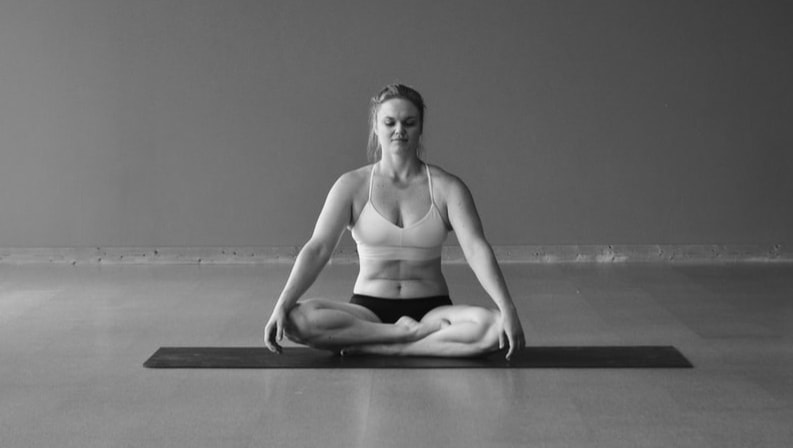
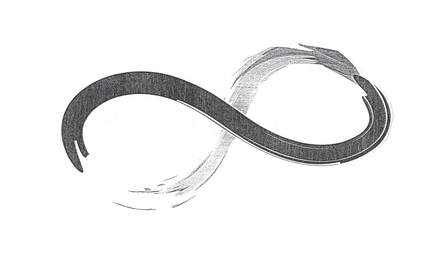
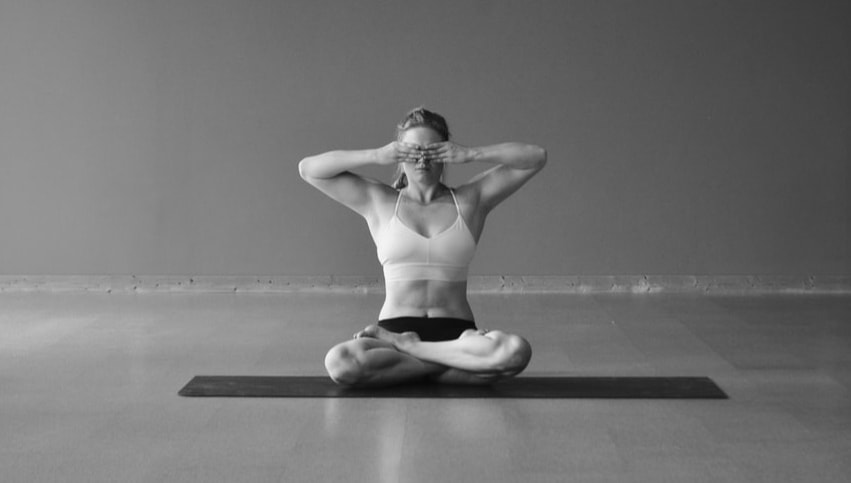
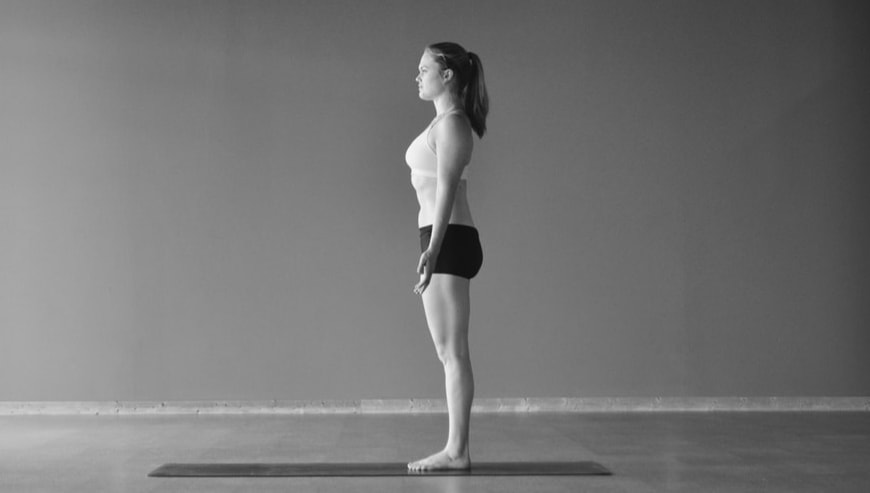
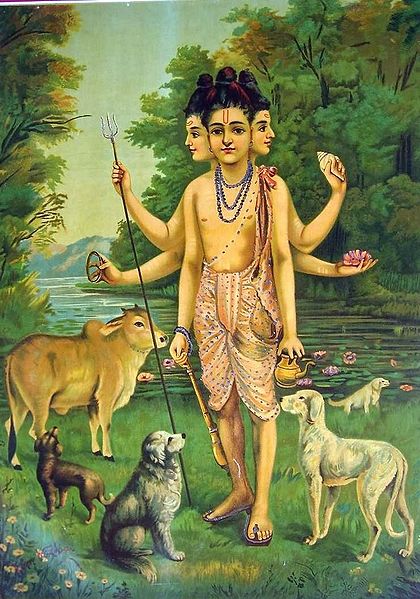

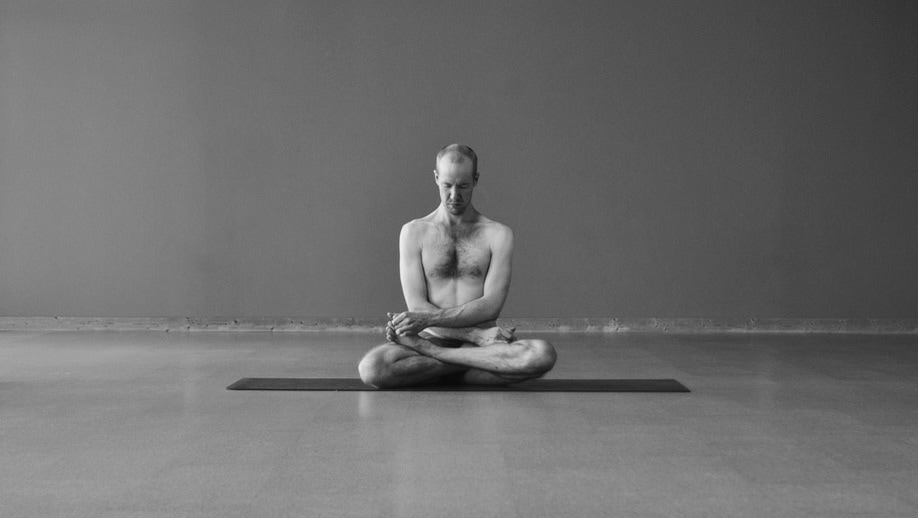

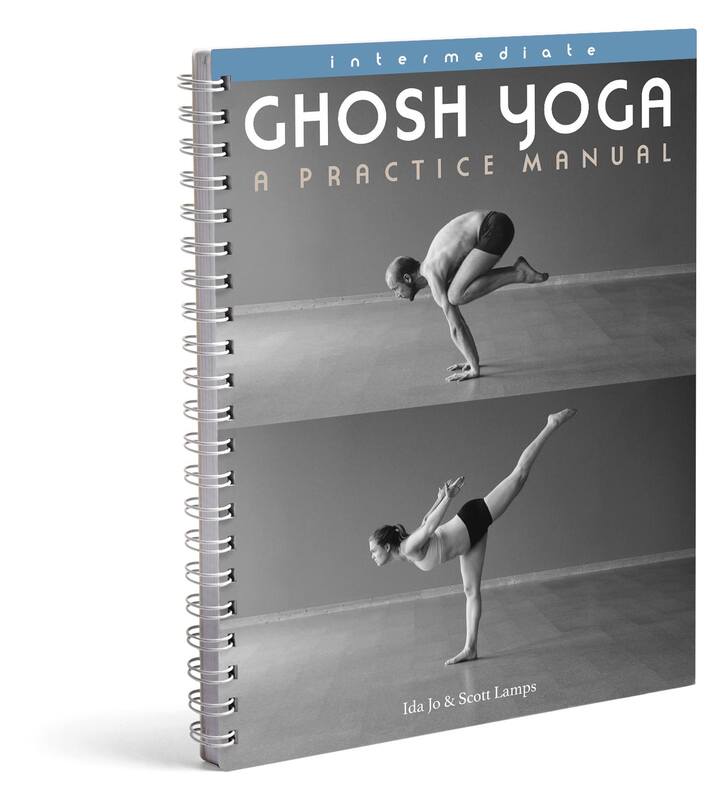
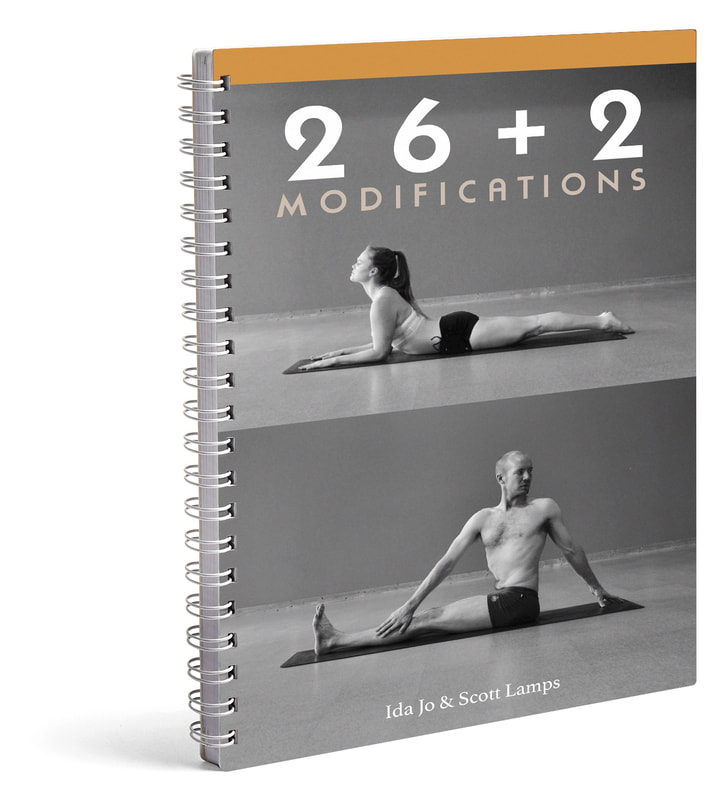

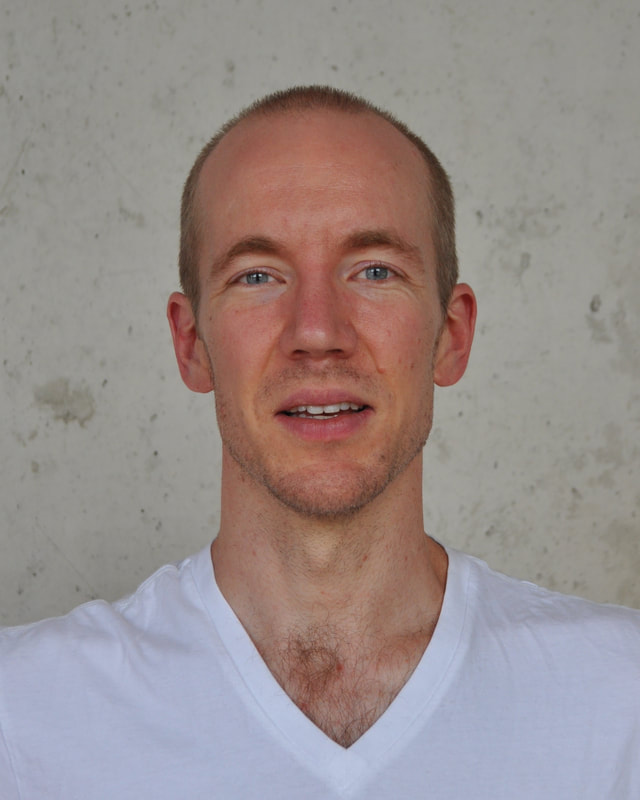
 RSS Feed
RSS Feed